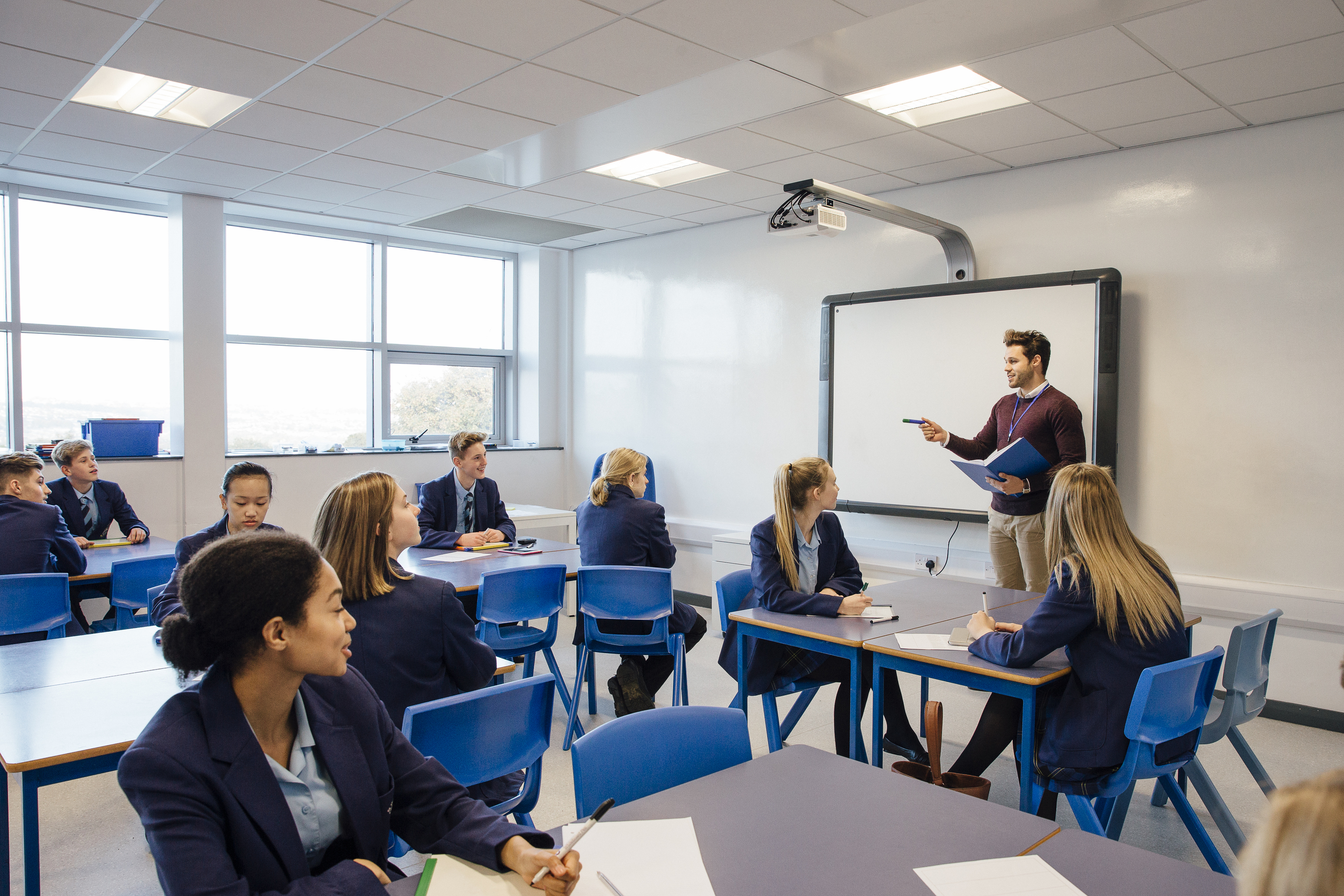
COMPENSATION of more than £450,000 has been paid out to teachers who have been assaulted by pupils or injured in slips and trips, new figures show.
Payouts for incidents of violence in the classroom made up £76,877 of the total £469,758 secured by the Educational Institute of Scotland (EIS) for members over the past year.
In one case a teacher was awarded £12,452 and had to undergo an operation after a pupil lashed out and kicked their kneecap off.
Another teacher was granted compensation of £45,000 for injuries to the ribs after being repeatedly punched and kicked by a pupil, while another was given a payout of £17,125 after receiving a “flying kick” that left them with injuries to the lower back and hip.
One union member received £2,300 after suffering headaches, sleep disturbance and panic attacks as a result of a parent shouting and swearing in their face.
The highest single payment of £220,000 went to a teacher who slipped and fell on a wet floor in a dark corridor, suffering a fractured hip and other serious injuries.
A teacher on a school trip was awarded £31,000 after falling in a car park, and another secured £20,000 as a result of becoming unwell due to dusty classrooms.
Compensation of £19,907 was paid to one teacher who suffered concussion after a shelf came down on their head.
EIS general secretary Larry Flanagan said: “It is never a pleasant task to report on the amounts of injury compensation that the EIS has secured for its members over the course of the year.
“While the EIS will always stand up for its members, and will pursue appropriate compensation for injuries suffered at work, our desire is to eventually report a zero figure for compensation in the future due to the elimination of these types of work-related injuries.
“This year’s figure of over £450,000 in compensation for teachers and lecturers injured at work demonstrates that there is still a long way to go towards the aim of eliminating workplace injuries in our schools, colleges and universities.
“These environments will never be entirely risk-free, but it is essential that all facilities are as safe as possible for learners and staff alike.
“The most common cause of injuries continues to be accidents such as slips, trips and falls.
“These are also the types of incidents that are entirely avoidable with correct adherence to appropriate health and safety procedures in the workplace.”

Enjoy the convenience of having The Sunday Post delivered as a digital ePaper straight to your smartphone, tablet or computer.
Subscribe for only £5.49 a month and enjoy all the benefits of the printed paper as a digital replica.
Subscribe